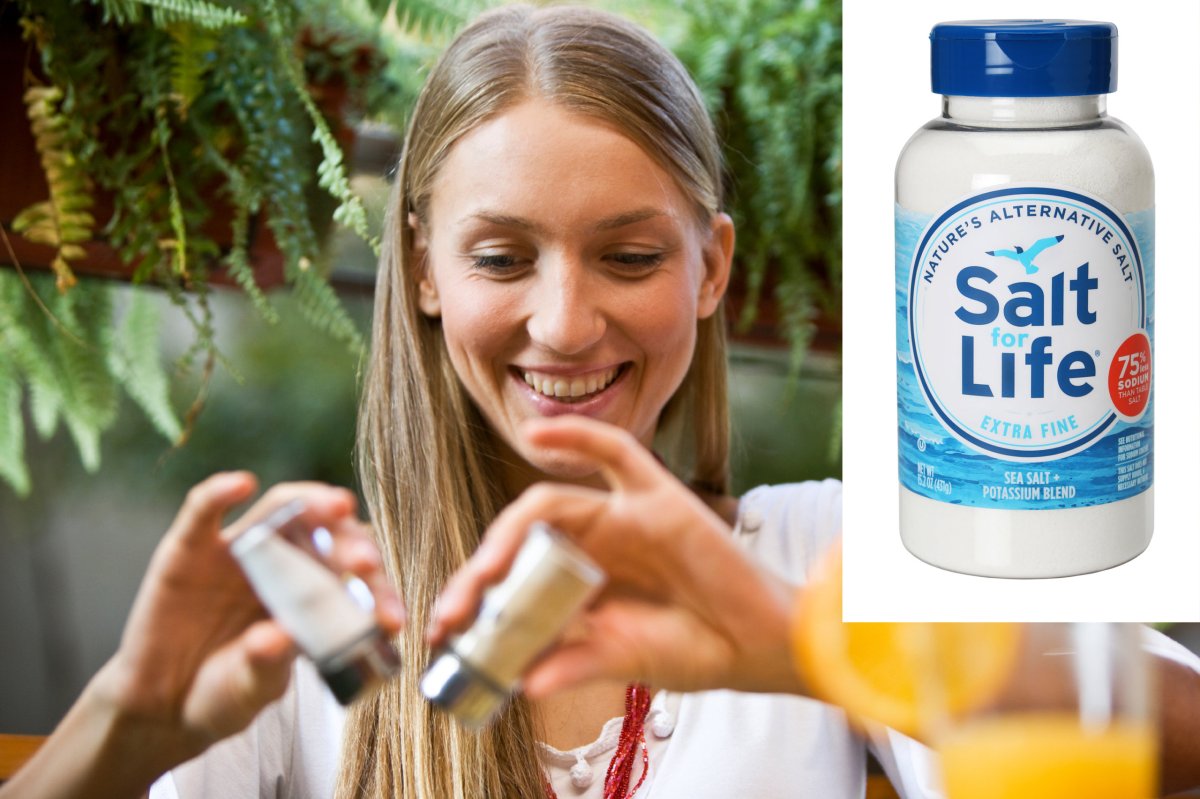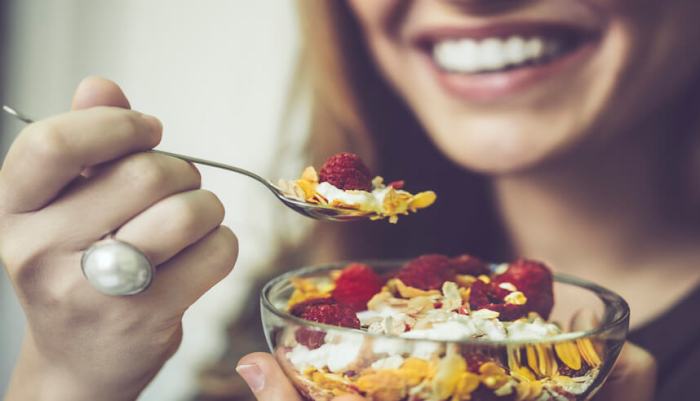While we need some sodium to function — it helps regulate water in the body — too much can lead to high blood pressure and brittle bones. According to the American Heart Association (AHA), most Americans consume more than twice the amount of sodium than they should. (For the record, the AHA says we should cap sodium intake at one teaspoon a day.) Related: Is Ben & Jerry’s new non-dairy ice-cream actually good? The Centers for Disease Control and Prevention found that blood pressure starts to decrease within weeks of cutting back salt intake, proving the correlation. Additionally, Endrocrineweb reports consuming too much sodium can inhibit calcium absorption, weakening bones. “Nature’s Alternative Salt” Nicknamed “Nature’s Alternative Salt,” Salt For Life has 75 percent less sodium than traditional table salt, is gluten-free and made with non-GMO ingredients. It’s made by blending potassium salt (found in crystal form) from sea beds in Canada and sea salt from the ocean coast off of northern Brazil. The reason why it’s healthier than table salt is that table salt is made from sodium salt, but in this version, the sodium is replaced with potassium. Related: How a junk food vegan fought food addiction and won But how does it taste? Follow Emily on Twitter: @EmLaurence
Even if you aren’t worried about your health, there’s another reason why you might want to limit your salt intake: sodium can make you bloated. So whether you have real health problems to address or just want to feel less uncomfortable, there are reasons to cut back. With all of this in mind, Salt for Life was born.
When one of the Metro staffers sprinkled Salt for Life on his lunch and tried it, he said it “tastes like salt,” and you’ll be hard up to find a Salt for Life review online that says anything different. The brand’s site insists that the reason why it tastes like salt is because the active ingredients are, after all, still salt. Interested in trying if for yourself? Click here to see where you can purchase online and in-stores.
The biggest change you should make
But considering the AHA says that 75 percent of the sodium we consume comes from processed foods, the biggest step you can make to limit your sodium intake is to eat food that isn’t pre-packaged. However you do it, the good news is that there are ways to actively control your sodium intake so you can eat and live healthier.
This ‘salt’ is virtually sodium free — how?

iStock/Provided


















